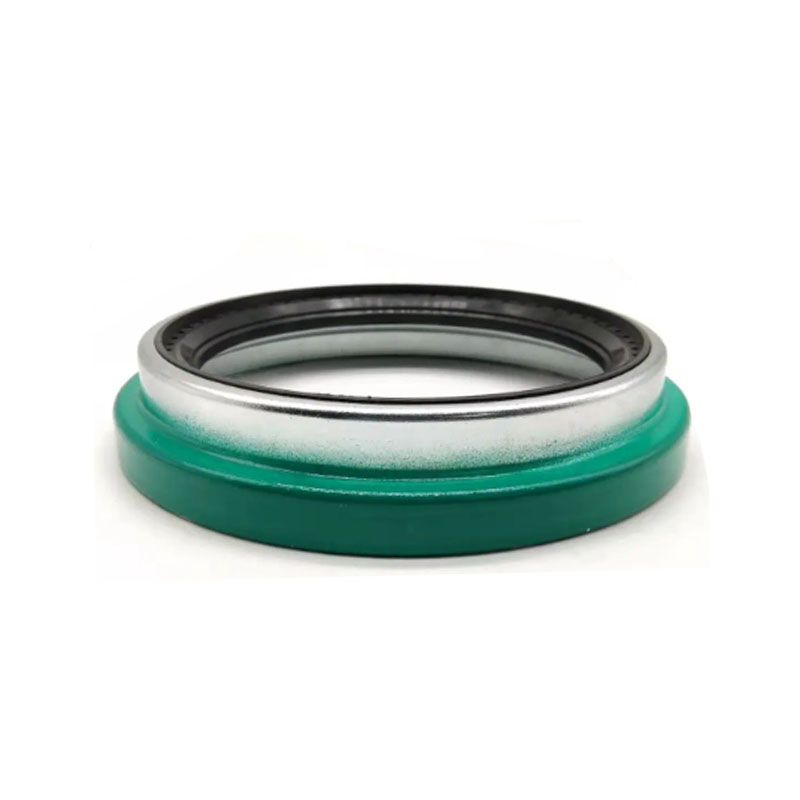crank seal cost
Understanding Crank Seal Costs What You Need to Know
When it comes to vehicle maintenance, one of the essential aspects that often gets overlooked is the condition of the crank seal. The crankshaft seal, commonly known as the crank seal, plays a crucial role in ensuring the engine functions smoothly by preventing oil leaks. If you’re a vehicle owner, understanding crank seal costs can help you budget for maintenance and avoid potential engine issues.
What is a Crank Seal?
The crank seal is a rubber or silicone seal located at the front and/or rear of the crankshaft. Its primary function is to keep the engine oil from leaking out and to prevent dirt, dust, and moisture from entering the engine. A failed crank seal can lead to oil leaks, which can severely impact engine performance and lead to costly repairs if not addressed in a timely manner.
Signs of a Failing Crank Seal
The most common symptom of a failing crank seal is the presence of engine oil stains on the ground where your car is parked. Additionally, you might notice a decrease in oil levels, engine noise, or even oil leaks around the engine block. If you observe these signs, it’s essential to inspect the crank seal and address any issues promptly to prevent further damage.
Crank Seal Replacement Costs
crank seal cost

The cost of replacing a crank seal can vary widely depending on several factors, including the make and model of your vehicle, the labor rates of the mechanic, and whether you're using OEM (Original Equipment Manufacturer) or aftermarket parts. On average, the total cost for crank seal replacement can range from $200 to $600.
1. Parts Cost The crank seal itself is relatively inexpensive, typically priced between $10 to $50. However, additional components may need replacement, such as gaskets or timing belts, which can increase the parts cost significantly.
2. Labor Charges Labor costs can vary based on geographic location and the mechanic's experience. Depending on the complexity of the job, labor charges might range from $100 to $500. Vehicles with more intricate engine designs often require more labor time, driving up costs.
3. Additional Repairs In some cases, replacing a crank seal can lead to the discovery of other underlying issues, such as a damaged crankshaft or oil pump, which may require further repairs and increase the overall cost.
Conclusion
Taking care of your vehicle's crank seal is vital for maintaining engine performance and avoiding more extensive repairs down the line. If you notice any signs of oil leakage or engine issues, it’s advisable to consult with a professional mechanic promptly. By understanding the potential costs associated with crank seal replacement, you can make informed decisions regarding your vehicle's maintenance and keep your engine running smoothly for years to come.
-
Understanding Polaris Front Differentials: Key Components for Off-Road Performance
News Jun.20,2025
-
Understanding Crankshaft Seals and Gaskets: Essential Components for Engine Longevity
News Jun.20,2025
-
Understanding Crankshaft Oil Seals: Vital Protection for Engine Performance
News Jun.20,2025
-
The Vital Role of Front and Rear Crankshaft Seals in Engine Protection
News Jun.20,2025
-
Rear Crankshaft Seals: Protecting Your Engine from the Back End
News Jun.20,2025
-
Crank Oil Seals: What They Do, How They Fail, and What They Cost
News Jun.20,2025
-
Understanding Oil Crush Washers: A Small Component with a Big Role in Vehicle Maintenance
News Jun.19,2025
Products categories















